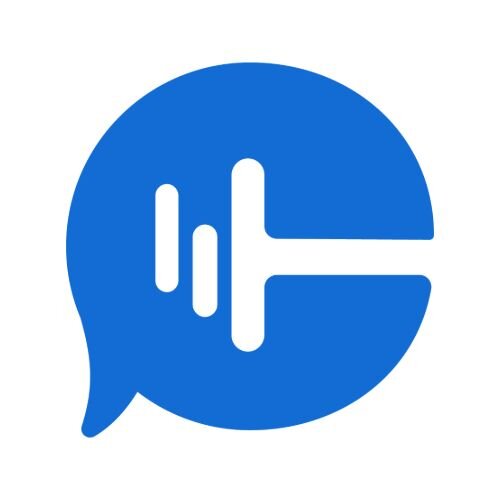When it comes to digital marketing, we’re all playing in Google’s sandbox. The behemoth is the primary platform for many digital marketing services, and they are constantly evolving. Marketing is vital to your success as a healthcare practice, so staying current on the latest Google advances is essential.
But the big question remains–can you stay HIPAA-compliant and still use the tools you need to market effectively? The short answer is yes. Let’s dive into the latest updates to Google’s platform and how you can utilize them to drive patients into your office while staying compliant with HIPAA.
Changes to cookies
Since 1992, marketing teams have utilized third-party cookies to track and remember information about website visitors. Third-party cookies are small text files that are transmitted through ads, which means that you don’t have to visit a website for them to collect information about you. You only have to be on a page where they have an ad.
For example, you might have foot pain and visit a site devoted to orthopedic inserts. After being tracked through third-party cookies, you might see ads for other foot-related products–shoes, braces, and maybe even podiatrists. The data collected by third-party cookies allows other retailers to target you for similar services.
Given the numerous privacy concerns, especially with respect to healthcare marketing, that era will finally end, as Google announced it would phase out all third-party cookies on its Chrome browser by 2025. As the world’s most popular web browser, this will significantly impact the status quo in digital marketing.
Yet, CallRail customers will feel much less impact. Why? Our Call Tracking uses another kind of data–first-person and zero-party data. First-person data is the most direct type of data collection–it’s data collected by interacting with your potential client, either through a phone call, on social media, or through your company website.
In the world of healthcare, first-party data is the gold standard. It is immensely valuable and can be protected to keep personal health information (PHI) safe and comply with HIPAA.
Zero-party data is very similar to first-party data but occurs when gathered differently. Whereas first-party data might be collected during a phone call, zero-party data is typically entered through a poll, form, or survey. The other half of CallRail’s lead tracking solution, our Form Tracking, can assist with collecting zero-party data.
Adding CallRail’s Premium Conversation Intelligence offers even more value. Using AI, it transcribes calls and provides call summaries, empowering you to glean a world of information about your patients, all without a third-party cookie in sight. Plus, with one of our Healthcare Plans, all call summaries and transcripts are redacted to protect PHI found in those conversations.
GA4: A tricky tool for healthcare marketers
In 2023, Google moved from Universal Analytics to Google Analytics 4, an upgrade that allows marketers to create a variety of new reports, from traffic acquisition to engagement to landing pages. While these tools may offer great value, healthcare providers must be cautious. Since much of your patient interaction involves PHI, you can only use tools that comply with HIPAA regulations.
The U.S. Department of Health & Human Services issued guidance in March 2024 about the use of online tracking technologies. That guidance clearly stated that call tracking software will be considered in compliance with HIPAA so long as a business associate agreement (BAA) is in place. This agreement obligates vendors to follow all HIPAA rules regarding PHI and uphold our partners’ compliance efforts. For those providers integrating their software with other systems, each integration must also be willing to sign a BAA to be compliant.
But those unauthenticated pages can provide a world of insight. For example, the new GA4 landing page report can assess how long a viewer spends on a landing page, how many unique user IDs the page receives, and how many new IDs convert to clients. All of this is HIPAA-compliant because no PHI is collected.
Search Generative Experience is growing
In addition to removing cookies and debuting GA4, Google is also testing out its own version of ChatGPT as a new addition to the search function–search generative experience (SGE). SGE uses generative AI to offer answers to user search queries before links to sources. For example, suppose a user searched for foot pain. In that case, Google will offer an overview of symptoms and treatments gleaned from various sources that may lead users to click the SGE descriptions rather than links to top-ranking pages that provide information about foot pain. SGE is typically at the top or side of the search page, taking up the most prominent screen real estate.
For healthcare purposes, this may mean that users must scroll further to find contacts for specific providers if they use a general search term. Although search users may find value in SGE, it likely won’t help them find specific providers, and it presents a challenge for marketers. As its functionality develops, healthcare marketers must find ways to dovetail their marketing efforts to work with the AI-generated summaries.
Google and CallRail: Integrations make it easy
In an increasingly cluttered marketplace, CallRail makes it easy for healthcare providers to glean first and zero-party information from every phone call, form and message, all while keeping patient information safe. In addition to those valuable insights, we also integrate easily with several Google tools, including:
- Google Looker Studio–see CallRail data within custom reports
- Google My Business–insert your tracking number in GMB to see how local search drives calls and texts
- Google Ads-report phone calls from PPC ads as conversions in Google Ads
- Google Analytics–Track call, text, and form activity as goals
Google and CallRail create a powerful partnership for your marketing team. Try our demo today to find out which integrations might benefit your business and fit within your HIPAA-compliant marketing plan.










